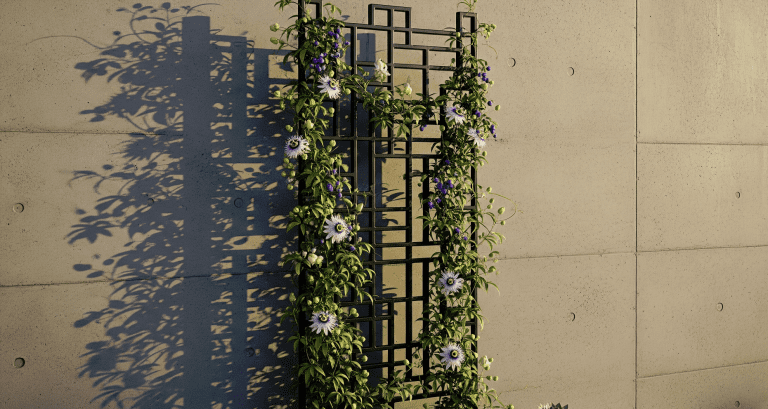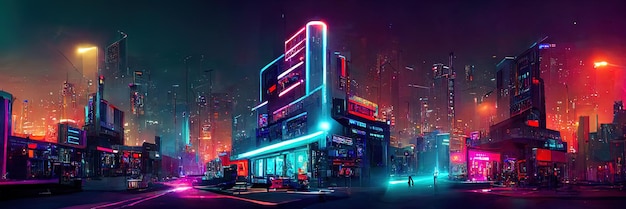Artificial intelligence (AI) and data analytics are rapidly reshaping industries worldwide — and the casino real estate sector is no exception. From concept design to operational management, these technologies are unlocking new levels of efficiency, security, and personalisation. Lessons from both UK leaders and global innovators show how digital transformation is redefining the future of gaming resorts, integrated entertainment complexes, and high-value property investments. In the UK, advanced platforms are applying predictive analytics to tailor experiences, improve operational performance, and monitor customer behaviour for signs of risk. Internationally, forward-thinking operators — including casinos not on GamStop — are integrating blockchain verification, multilingual support, and immersive virtual environments to enhance engagement and strengthen security. These same principles are increasingly relevant to architects, developers, and real estate investors designing and managing next-generation casino properties. AI-Driven Personalisation in Casino Design and Operations Just as mixed-use developments adapt services for their occupants, gaming venues are using AI-driven personalisation to optimise the customer experience. Machine learning analyses vast datasets to recommend games, adjust promotions, and influence the layout of entertainment spaces based on visitor behaviour patterns. In the context of casino real estate, these insights can guide everything from floorplan optimisation to targeted marketing campaigns, helping operators boost revenue while maintaining responsible usage tools for guests. Data-Led Security and Risk Management In high-value real estate, security is a core operational priority — and casinos are no different. AI-driven monitoring systems can detect unusual patterns in betting, payments, or access control, triggering rapid interventions. This mirrors the use of AI in commercial property management to identify irregular building usage or unauthorised entry, ensuring both asset protection and regulatory compliance. AI in Architectural and Development Planning The gaming sector’s embrace of AI in game development has its counterpart in casino construction. By combining real-world visitor data with digital modelling tools, architects and planners can refine design concepts, improve circulation flows, and create immersive environments that attract and retain guests. This approach supports more efficient use of space and enhances the property’s long-term operational value. Smarter Payment Technology for the Gaming Sector The rise of payment technology in online gaming has significant implications for brick-and-mortar casino operations. Instant bank transfers, secure e-wallets, and blockchain-based payment systems not only improve convenience for customers but also strengthen fraud prevention. For casino real estate operators, integrating these systems can create a seamless financial experience across gaming, hospitality, retail, and entertainment facilities within the same property. AI adds another layer of oversight, flagging suspicious transactions while allowing legitimate payments to process without delay. Always-On Customer Support AI-powered chatbots and virtual assistants are becoming standard in the gaming industry, capable of handling complex queries in multiple languages 24/7. In physical casino environments, this technology can be integrated into mobile apps, kiosks, or concierge systems to provide guests with instant access to information — from booking a hotel room to locating a specific gaming table. Global Adoption and Future Opportunities The international adoption of AI and data analytics in casino development shows no sign of slowing. UK-based innovators are leading in areas such as responsible gambling tools, secure transactions, and personalised guest services, while global operators adapt these innovations to suit diverse regulatory and cultural contexts. For developers, architects, and real estate investors, the message is clear: integrating AI and analytics into every stage of a casino property’s lifecycle — from initial planning and design through to operations and customer engagement — is becoming a defining factor in long-term success.







